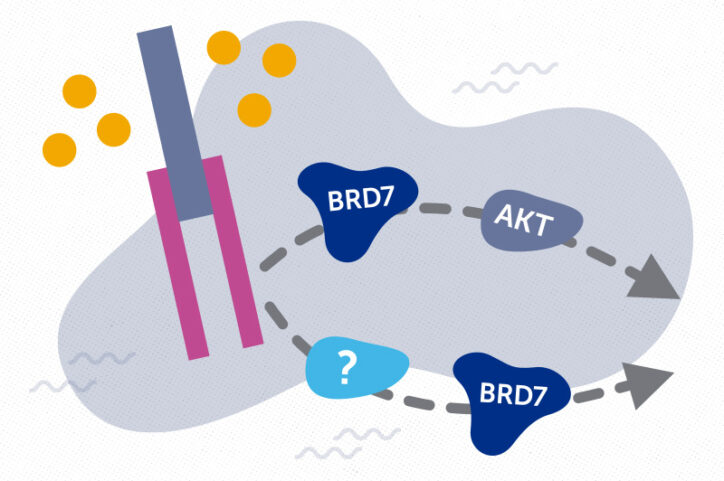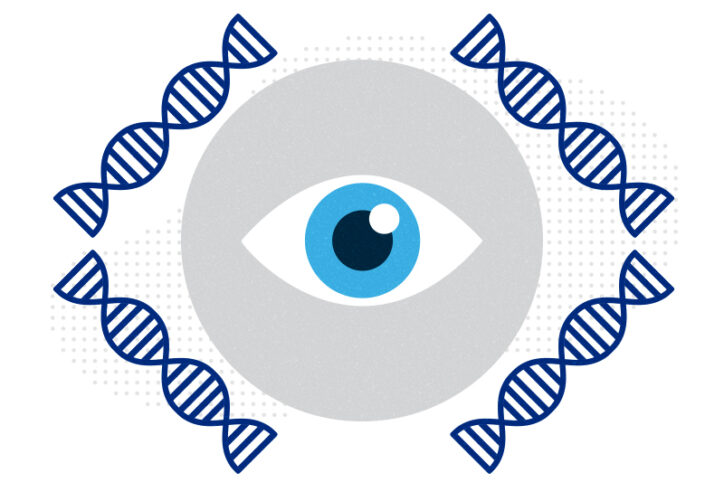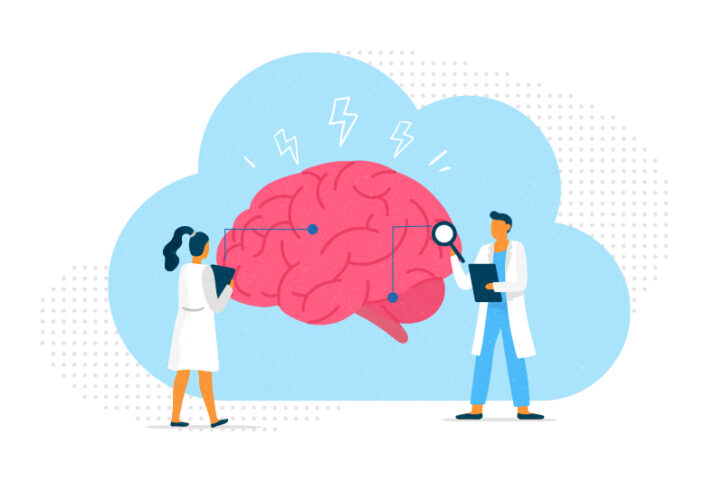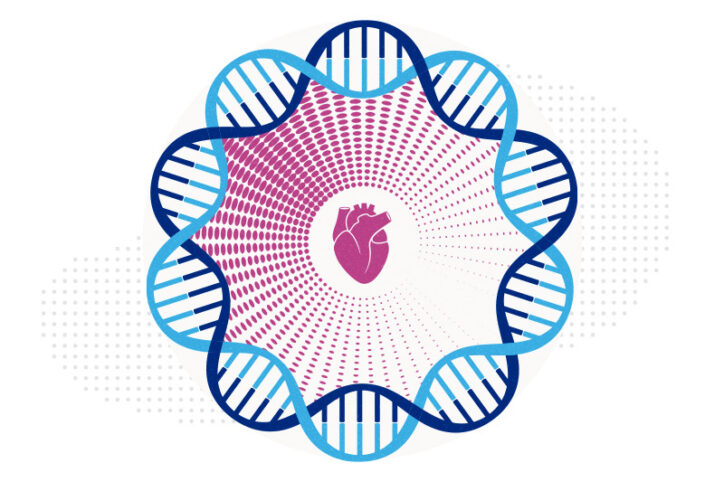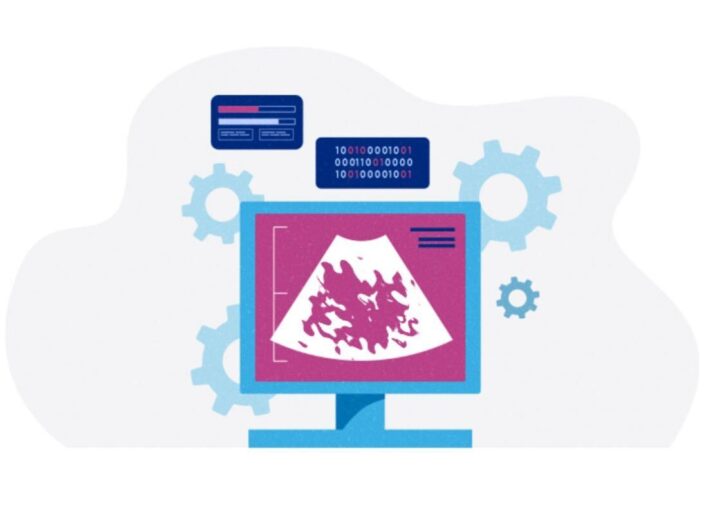A journey through the intestine during colitis, cell by cell
Inflammatory bowel disease (IBD), causing devastating abdominal pain, persistent diarrhea, and rectal bleeding, is hard to control with current treatments. Children often experience malnutrition and impaired growth. To get a better handle on IBD, researchers at Boston Children’s Hospital and Brigham and Women’s Hospital decided to eavesdrop on happenings in the colon. In the first ... Read More about A journey through the intestine during colitis, cell by cell
BRD7 research points to alternative insulin signaling pathway
Bromodomain-containing protein 7 (BRD7) was initially identified as a tumor suppressor, but further research has shown it has a broader role in other cellular processes, including the remodeling of chromosomes and cell cycle progression. Now, Boston Children’s Division of Endocrinology researchers have discovered another purpose for BRD7: It seems to be involved in an alternative insulin signaling ... Read More about BRD7 research points to alternative insulin signaling pathway
Genetic variants are found in two types of strabismus, sparking hope for future treatment
Determining how genetics contribute to common forms of strabismus has been a challenge for researchers. Small discoveries are considered meaningful progress. Boston Children’s researchers believe they’ve helped move the needle. They discovered that two types of strabismus — esotropia and exotropia — may have shared genetic risk factors. Duplications on the second, fourth, and tenth chromosomes that ... Read More about Genetic variants are found in two types of strabismus, sparking hope for future treatment
Exploring brain operations: Making decisions, snapping to attention, and forming memories
How do our brains snap to attention and orient us to the outside world — like when we’re sound asleep and the smoke alarm goes off? And when different choices confront us, how does our brain make decisions? Two groups of researchers at Boston Children’s explored these all-important brain operations. The first study, published February ... Read More about Exploring brain operations: Making decisions, snapping to attention, and forming memories
In the genetics of congenital heart disease, noncoding DNA fills in some blanks
Researchers have been chipping away at the genetic causes of congenital heart disease (CHD) for a couple of decades. About 45 percent of cases of CHD have an identifiable cause, including chromosomal abnormalities, genetic variants affecting protein-coding genes, and environmental factors. What about the rest of the cases of CHD? Noncoding DNA elements have long ... Read More about In the genetics of congenital heart disease, noncoding DNA fills in some blanks
Machine learning algorithm could offer urologists a “crystal ball” for predicting VUR
Hydronephrosis is a common congenital anomaly that’s increasingly identified during prenatal ultrasound. Although ultrasound is also the first-line test to screen for hydronephrosis in infants, it is poor at determining dilating vesicoureteral reflux (VUR), one cause of hydronephrosis. A voiding cystourethrogram (VCUG) can better characterize VUR but is more invasive and costlier. But what if ... Read More about Machine learning algorithm could offer urologists a “crystal ball” for predicting VUR


